STANDARDS OF PRACTICE
The International Standards of Practice for inspecting Structure is located at www.nachi.org/sop.
Observation
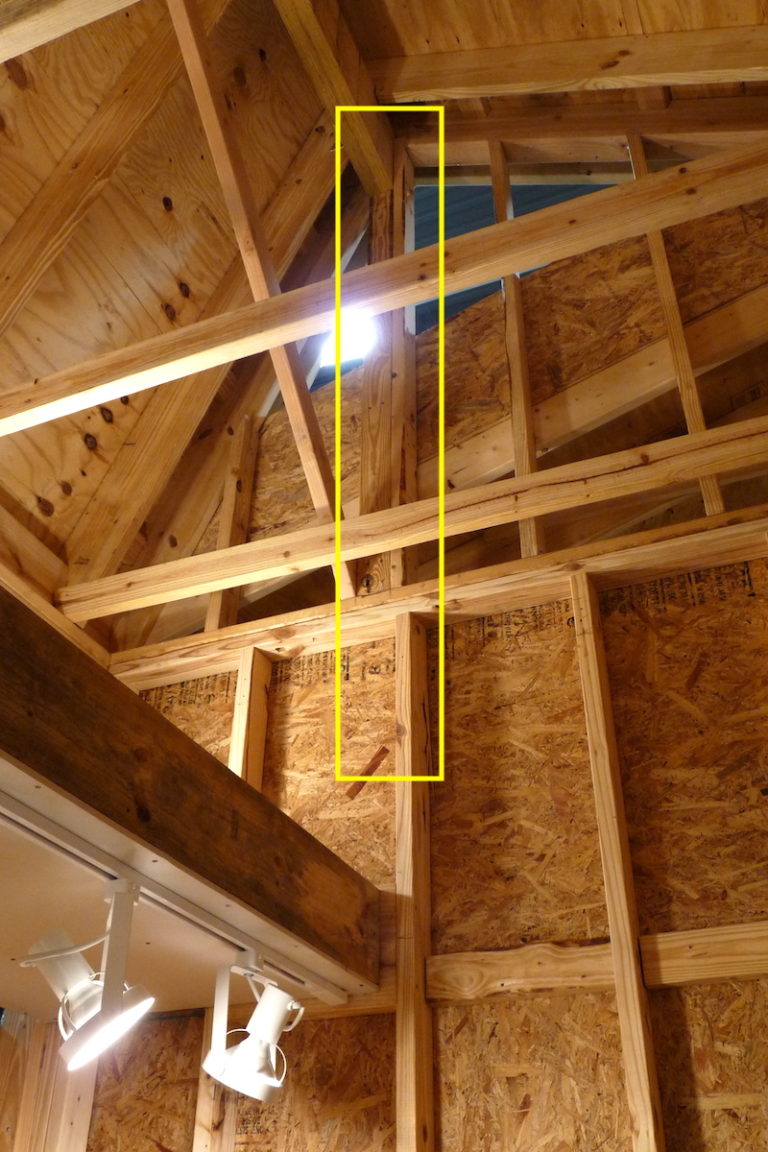
Missing posts under ridge beam.
In the mechanical room
Observation
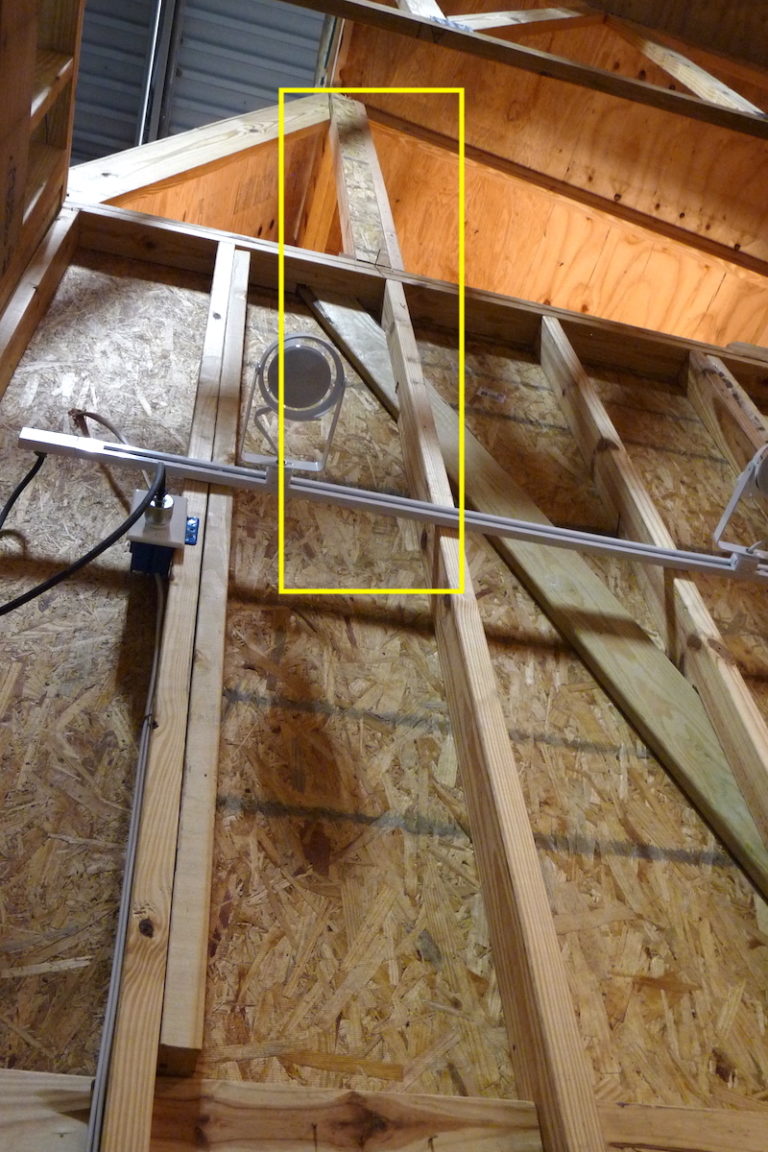
Missing posts under ridge beam.
In the garage/pool
The posts supporting the ridge beam bear on the top plates of walls, creating point loads. The defect is that no posts are installed in the wall to transfer those point loads to the foundation.
Observation
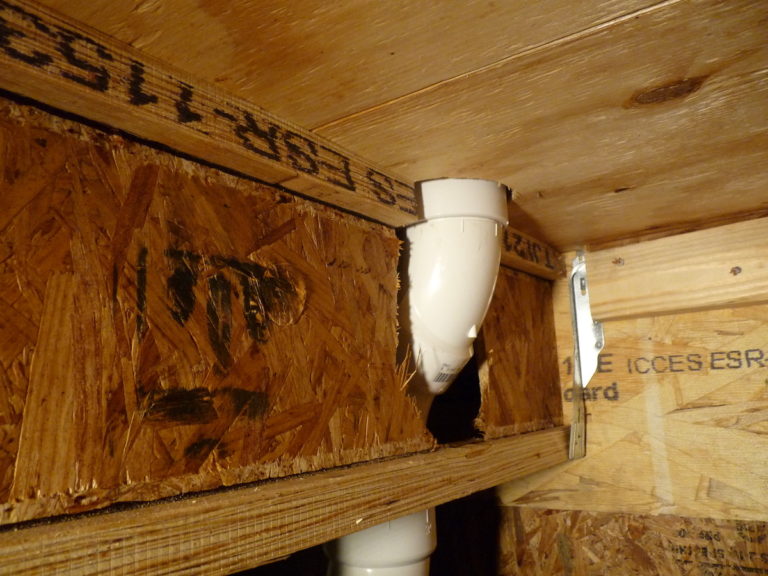
An I-joist beneath the toile has had the top chord cut through. This is a defective condition.
Observation
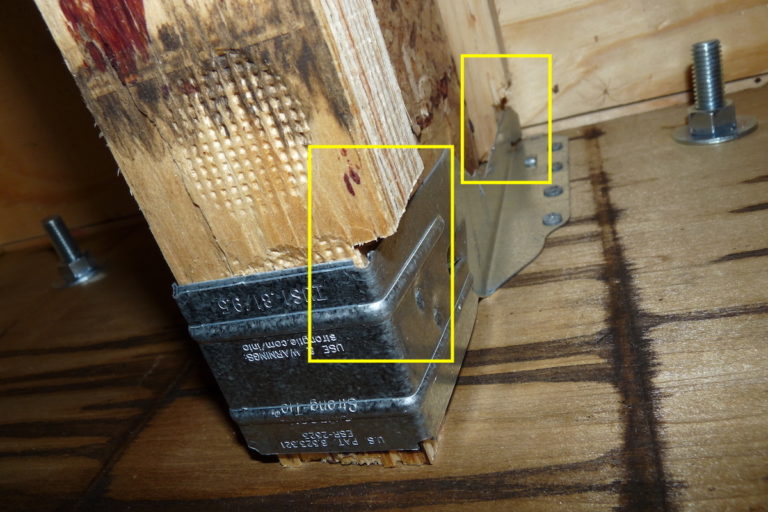
I joists have had chords cut in order to make them fit into hangers designed for nominal lumber in hangers.
Trusses above the pool are site-built.
Manufactured trusses are designed by structural engineers according to the expected live (variable) and dead (permanent and unchanging) loads that they are expected to resist. They are fabricated in a truss-building facility and trucked to the building site.
Site-built trusses are not designed by structural engineers, and you will have no way of knowing the qualifications of those who designed and built them. You will have no way of knowing whether the trusses are capable of withstanding the forces to which they will be exposed, and the fact that they haven’t failed in the past is not a guaranty that they won’t fail in the future, possibly soon. Always recommend evaluation by a structural engineer, even if every other house in the area has site-built trusses.
Observation
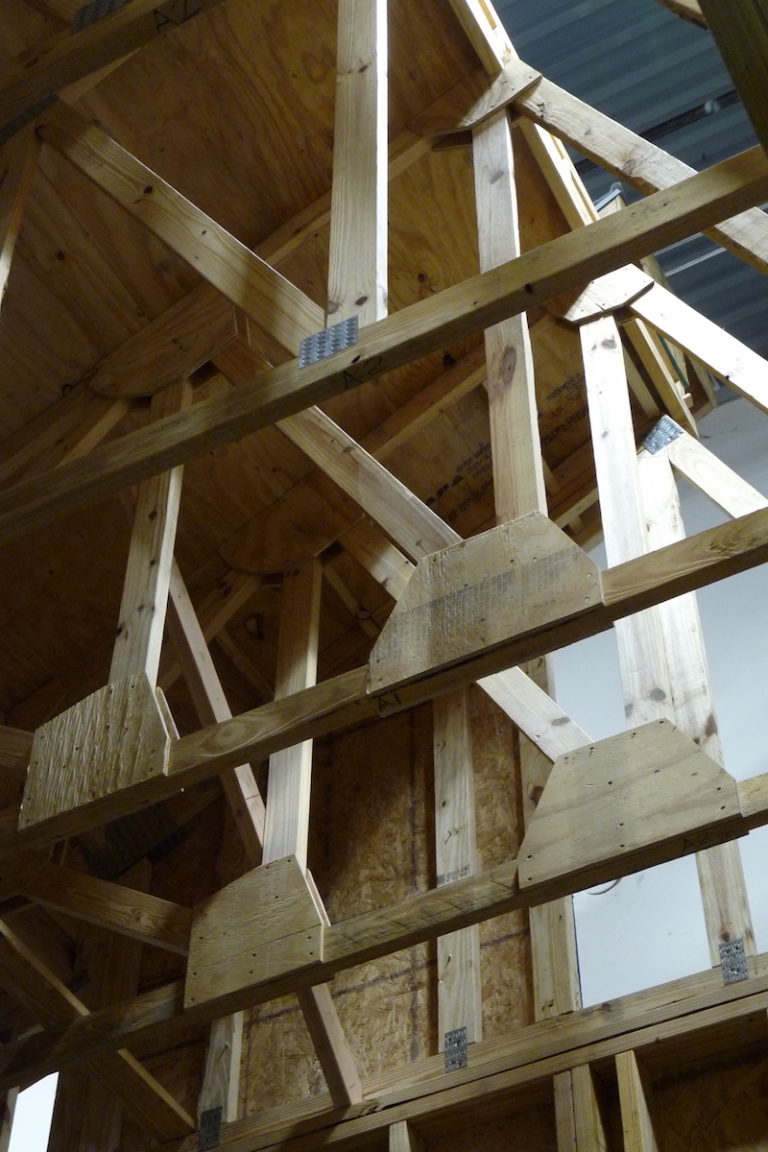
Site-built trusses are recognized by the plywood gussets used to connect truss top and bottom chords to web members.
Observation
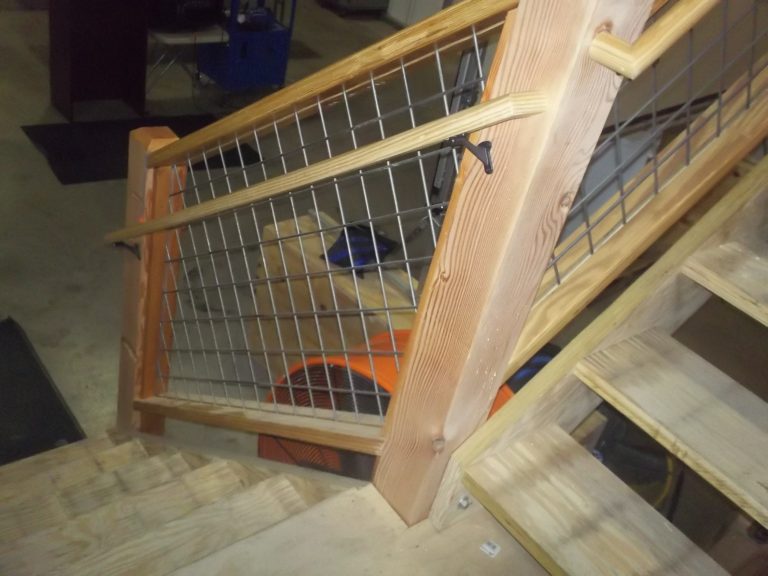
Observation
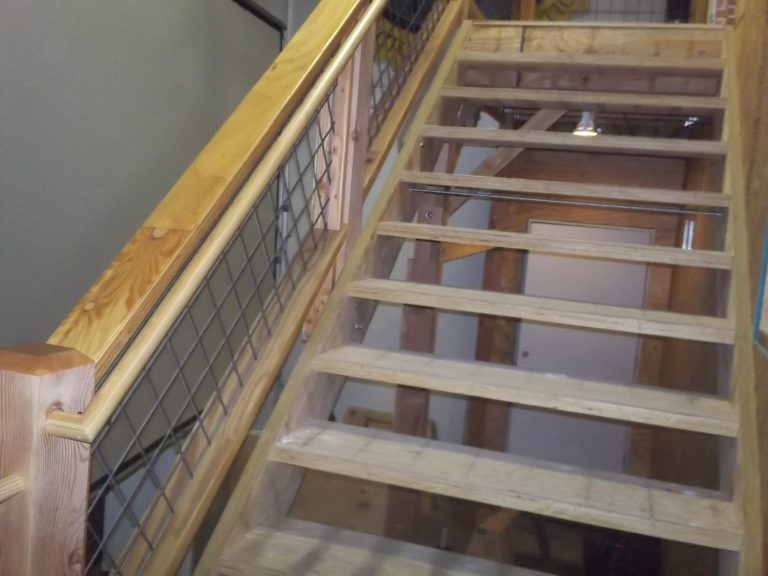
Stairs to upper level should have proper spacing to balusters.
About Engineered Lumber:
The House of Horrors uses five types of engineered lumber:
1. Plywood, with which most of you are familiar. It consists of layers of veneers glued to each other with the strand directions alternating at each layer.
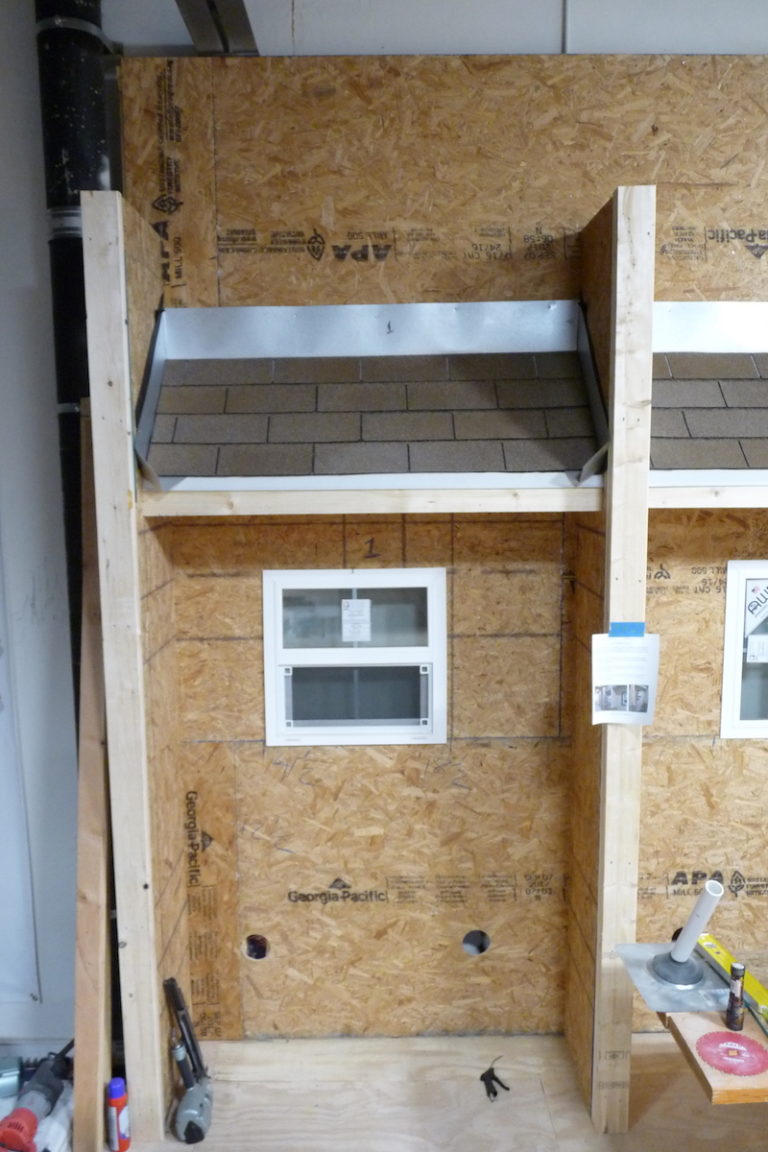
2. Oriented strand board (OSB) is commonly substituted for plywood across large areas of North America. It consists of layers of intentionally-oriented wood fibers to which adhesives are added, then heat and pressure are used to cure the ingredients into the final product. OSB has performance characteristics similar to plywood but is not used in south Florida because the type most commonly used in building construction is more vulnerable than plywood to damage from moisture.
3. Laminated Veneer Lumber (LVL), commonly called “Microlam”. Microlams are straight (unless manufactured with a designed camber), uniform in size, dimensionally stable, strong, and are available in lengths up to 60’.
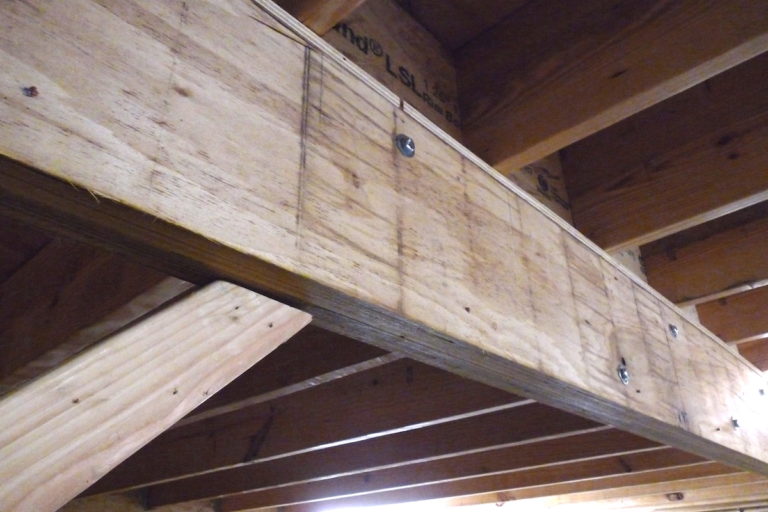
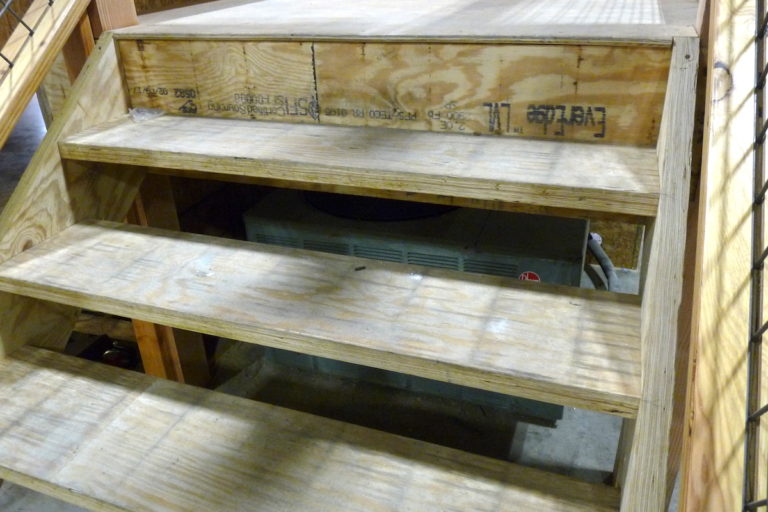
The girder supporting floor joists down the center of the crawlspace is made of Microlams, and so is the main staircase.
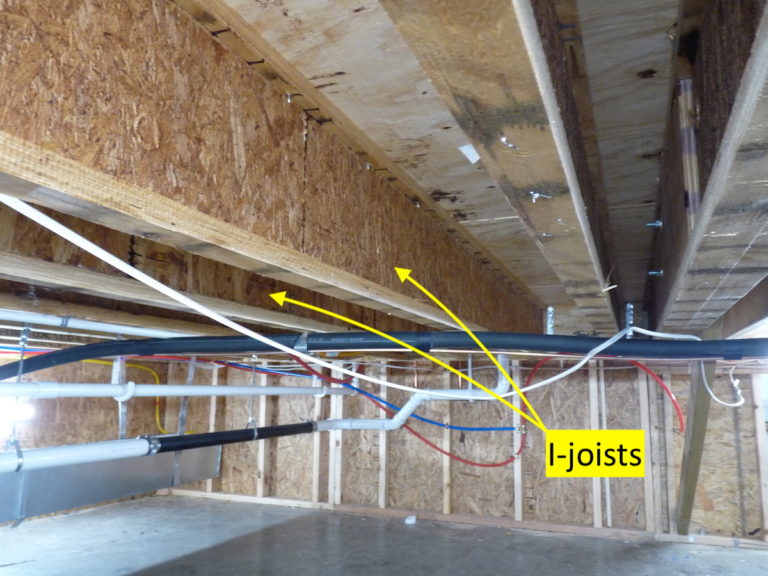
4. I-joists are used for some of the floor joists. Like Microlams, they are straight, stable, uniform, and strong. Unlike Microlams, they are also light, and can have significant portions cut out of their OSB web to allow for installation of plumbing and HVAC components. Cut top or bottom chords are a defect.
5. Laminated Strand Lumber (LSL) is commonly called “Timberstrand”, which actually a brand name, but is used in much the same way as “Kleenex” or “Masonite”. LSL is made from layered, oriented wood strands/flakes compressed with an adhesive into a variety of board-like products.
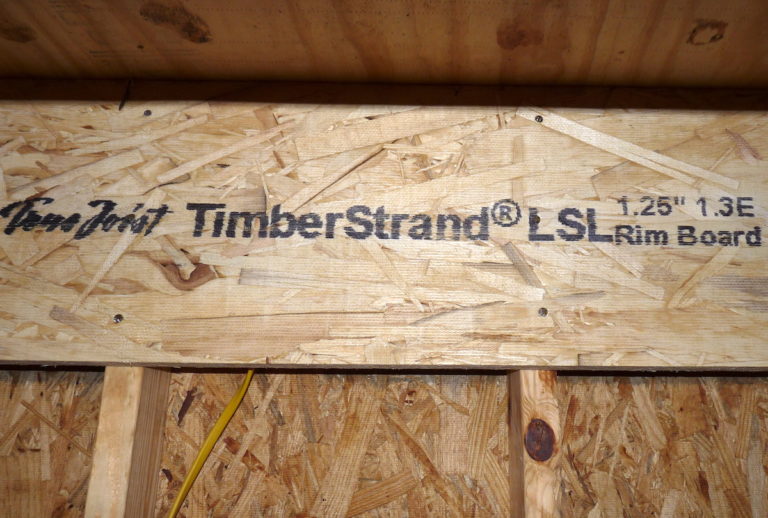
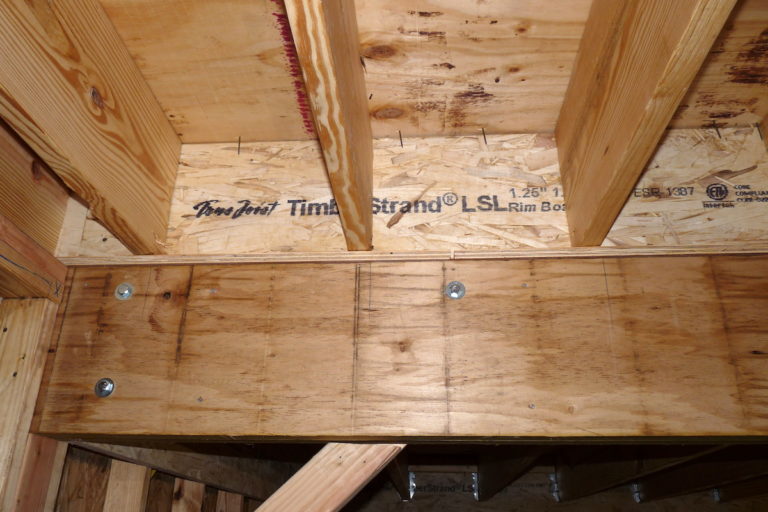
In the past, LSL has been used mainly in structural applications in which it resists compression, such as rim (band joists), but you may also see it used as headers or other structural members.
